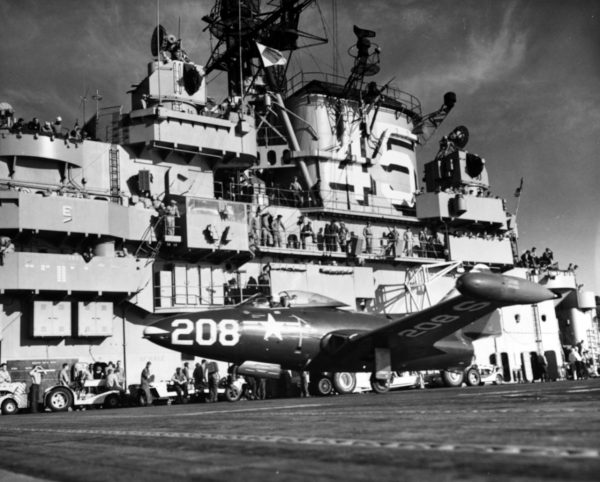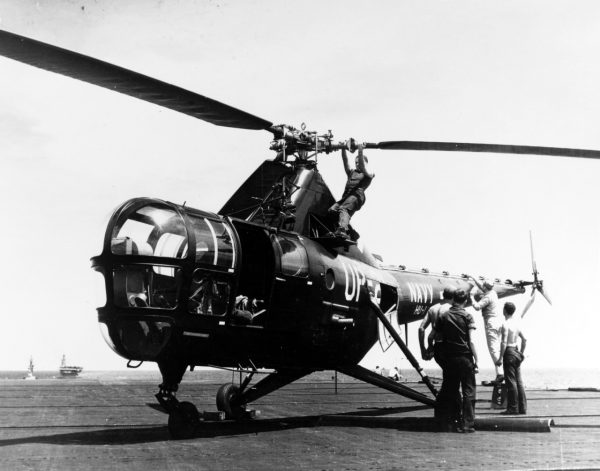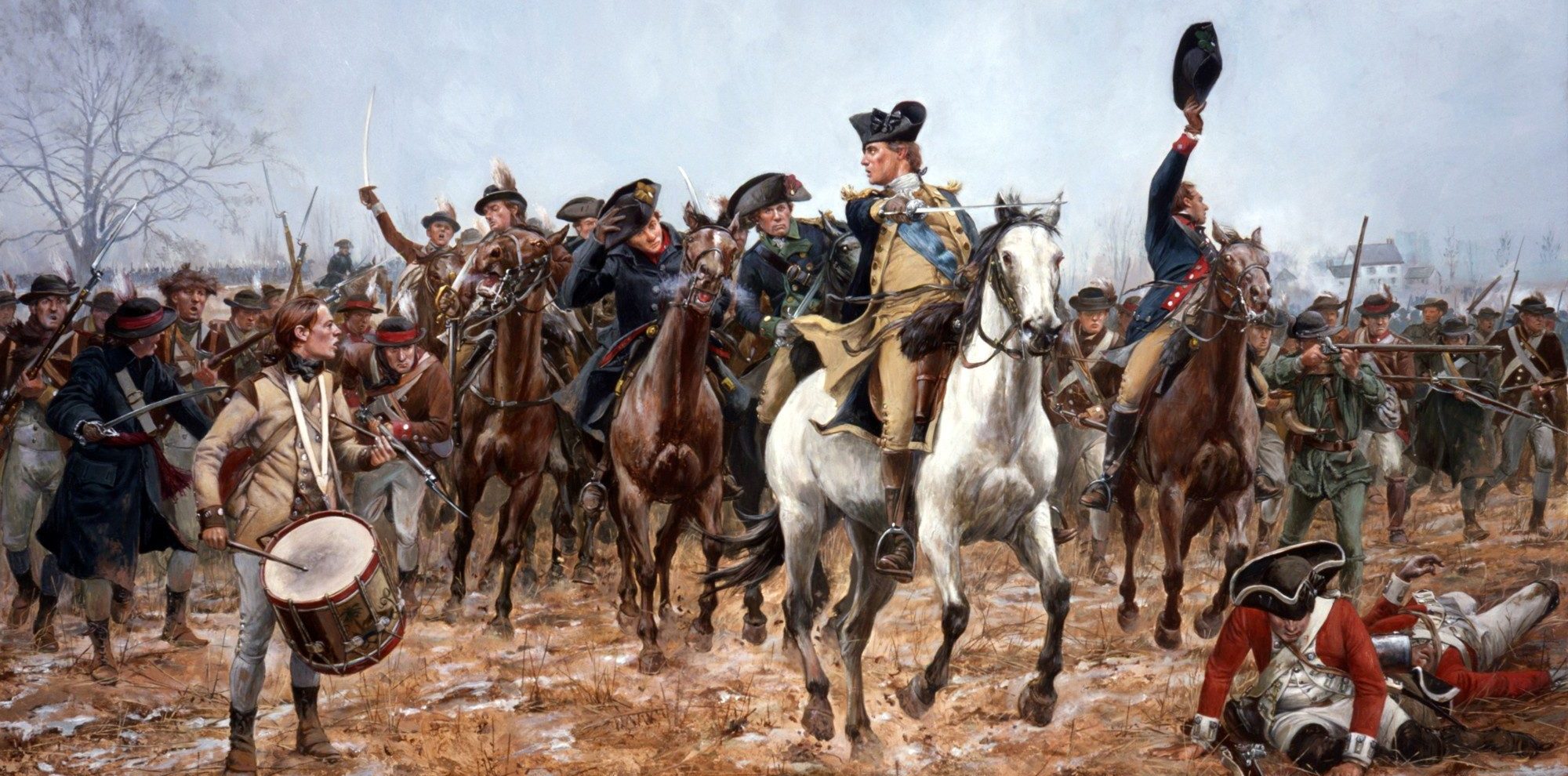July 3 in U.S. military history
1775: Gen. George Washington, the newly appointed commander-in-chief of the Continental Army, takes formal command of his troops in Cambridge, Mass.
1778: A force of 1,000 Loyalists and Iroquois warriors commanded by Col. John Butler attacks American fortifications and settlements in Pennsylvania’s Wyoming Valley, killing some 360 militiamen and destroying 1,000 houses. Reportedly, women and children are also killed in Butler’s “Wyoming massacre,” and those that escape the slaughter will die of starvation and exposure.
1863: During the third – and final – day of the Battle of Gettysburg, Gen. Robert E. Lee orders three divisions of Lt. Gen. James Longstreet’s Confederate soldiers across open ground to assault the Union position on Cemetery Ridge. Union fire shatters the rebels, inflicting thousands of casualties before the troops can return to the Confederate lines after the failed attack, which becomes known as “Pickett’s Charge.”
Fearing a Union counter-attack, Lee orders Maj. Gen. George Pickett to rally what is left of his division, Pickett replies, “General, I have no division.” After three days of fighting at Gettysburg, Lee abandons his invasion and retreats to Virginia. In terms of total casualties, Gettysburg is the deadliest battle of the Civil War with some 50,000 soldiers from both armies killed, wounded, or captured.
1898: Rear Adm. William T. Sampson cables the Secretary of the Navy, John D. Long, declaring that the Atlantic Squadron has decisively defeated the Spanish Navy in the Battle of Santiago de Cuba, offering the captured fleet as a “Fourth of July present” to the nation. The Americans suffer only two casualties in the engagement, but Adm. Pascual Cervera’s force of four armored cruisers and two destroyers is wiped out.
1950: Off the coast of Korea, carriers from both the United States and Britain begin combat operations against North Korea. F9F Panthers, AD Skyraiders, and F4U Corsairs launch from the deck of USS Valley Forge (CV-45) and strike the airfield at Pyongyang. The raid marks the first time the Panther and Skyraider see combat, and is the first-ever combat strike by a jet aircraft.

Lt. (j.g.) Leonard H. Plog and Ensign E. W. Brown of Fighter Squadron 51 (VF-51) each shoot down a Yak-9 fighter in the Navy’s first victories of the Korean War.
1951: When a Marine Corsair flown by Capt. James V. Wilkins is shot down 35 miles southwest of Wonsan, Lt. (j.g) John K. Koelsch volunteers to rescue the downed aviator. Overcast conditions force Koelsch to fly very low and without fighter protection. His helicopter is hit by enemy fire during the search, and once Koelsch hoists Wilkins out and is in the process of flying back to friendly lines, the chopper is shot down.

Koelsch extricates fellow crewman George M. Neal and Wilkins from the wreckage and the Americans evade enemy soldiers for nine days before being captured. Neal and Wilkins survive their captivity, and Neal is awarded the Navy Cross. The communists subject Koelsch to especially harsh treatment, from which he will not survive and he is awarded the Medal of Honor posthumously.
